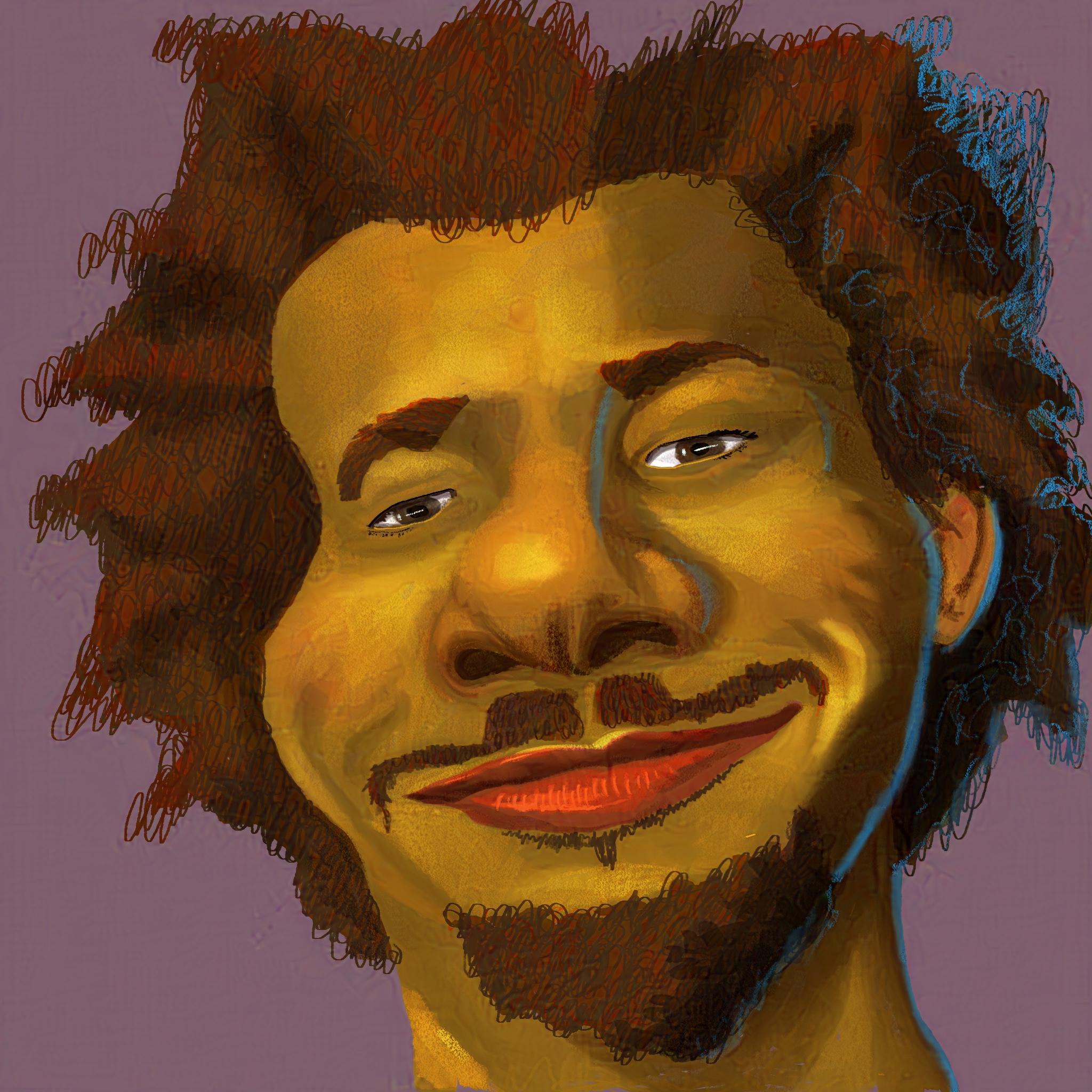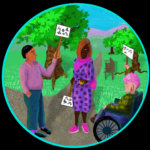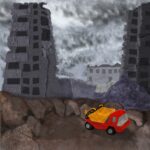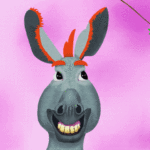Illustrating War – 5 Interesting Projects.
Table of Contents
ToggleIntroduction to Illustrating War
Why is illustrating war necessary? Why am I thinking about war? To me, it is shocking that humans are still resorting to war. We have had so much evidence over history of what damages war causes. We have such sophisticated tools and techniques at our service, and yet the most heinous wars are going on. Illustrating war is necessary because we must record our feelings about it for future generations, if nothing else. Illustration meets this goal in a way that other forms of representation can not.
Illustrating War - the Crimean War.
During the Crimean War (1854-56), journalists and artists were dispatched to the battlefield on behalf of newspapers. Their mission? To deliver an unprecedented record of the conflict as it unfolded. These illustrators didn’t merely complement written words; they formed the substance of much war reporting. The influence of the press rose significantly during this period, as literacy rates increased and the public demanded accurate, up-to-date news. The images produced by these artists provided eye-witness accounts from the front line, offering personal perspectives beyond official reports 1.
4 More Illustrated Wars
The Standard of Ur (c. 2600–2400 BCE)
One of the earliest examples of war-related illustration comes from the Sumerian city of Ur in southern Iraq. The Standard of Ur, a wooden box inlaid with mosaic, portrays two central scenes. The first depicts a peaceful banquet, while the reverse shows a scene of war. The king stands at the center, commanding the Sumerian army, surrounded by bodyguards, soldiers, and chariots. Prisoners are bound and beaten.
Strengths of Illustration
- Symbolic Power: The Standard of Ur demonstrates that even in ancient times, war was a central expression of power. Illustrations conveyed this message effectively.
- Visual Narrative: Illustrations allowed viewers to grasp complex scenes—such as battles and victories—without relying solely on written descriptions.
- Emotional Impact: The depiction of prisoners and the brutality of war evoked emotions and empathy, making the narrative more relatable.
Vietnam War (1955–1975)
Illustrators like Robert Weaver and David Levine contributed to publications like Time and The New York Times. Their work captured the anti-war sentiment, the impact on civilians, and the emotional toll.
Strengths of Illustration
- Subjectivity: Illustrators could express their personal viewpoints, challenging dominant narratives.
- Visual Metaphors: Illustrations conveyed abstract concepts (e.g., peace, protest) through powerful symbols.
- Humanization: Portraits of soldiers and civilians personalized the war, fostering empathy.
Bosnian War (1992–1995)
Illustrators like Joe Sacco documented the Bosnian conflict through graphic novels, such as Safe Area Goražde. His illustrations combined journalism, storytelling, and firsthand accounts.
Strengths of Illustration
Syrian Civil War (2011–present)
Illustrators like Molly Crabapple and George Butler have depicted the Syrian crisis. Their illustrations capture refugees, destruction, and resilience.
Strengths of Illustration
- Nuanced Storytelling: Illustrations can convey layers of emotion, context, and individual stories.
- Accessibility: Even in areas with limited resources, illustrators can create impactful visuals.
- Advocacy: Illustrations raise awareness and prompt action.
Blog Search
Illustration Newsletter
Sign up for regular but infrequent updates about my illustration creations.
Will Smith caricature

Eric Andre Caricature

Julia Roberts Caricature
Blog Categories
References
- https://www.iln.org.uk/iln_years/year/1853crimea1.html[↩]
- Illustration Chronicles: War[↩]
- Illustration History: War and Military[↩]
- Drawn on the Spot: War Artists and the Illustrated Press[↩]





